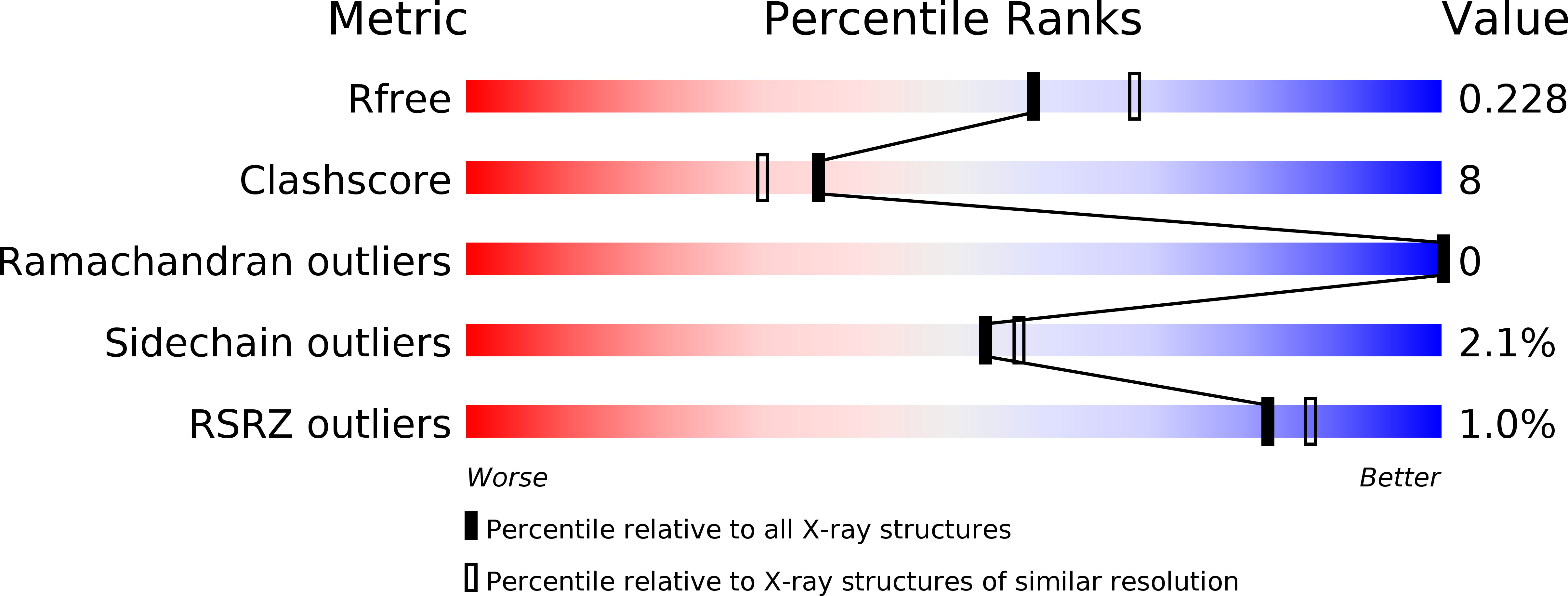
Deposition Date
2016-12-13
Release Date
2017-05-31
Last Version Date
2024-01-17
Method Details:
Experimental Method:
Resolution:
2.16 Å
R-Value Free:
0.23
R-Value Work:
0.19
R-Value Observed:
0.19
Space Group:
P 1


